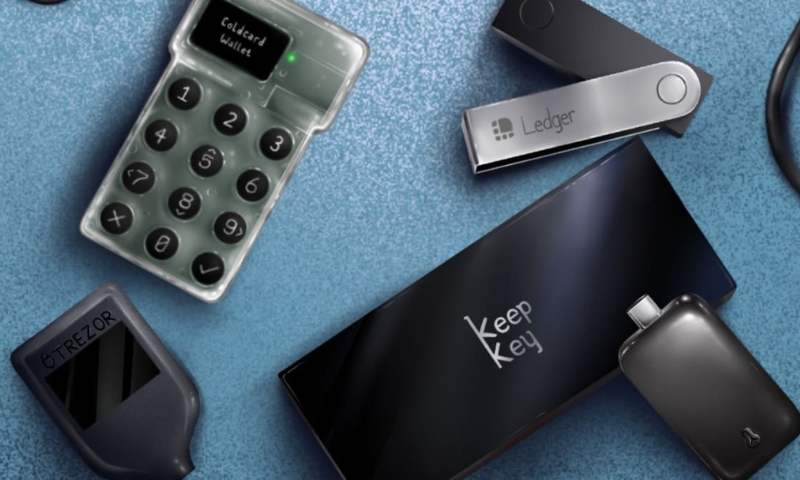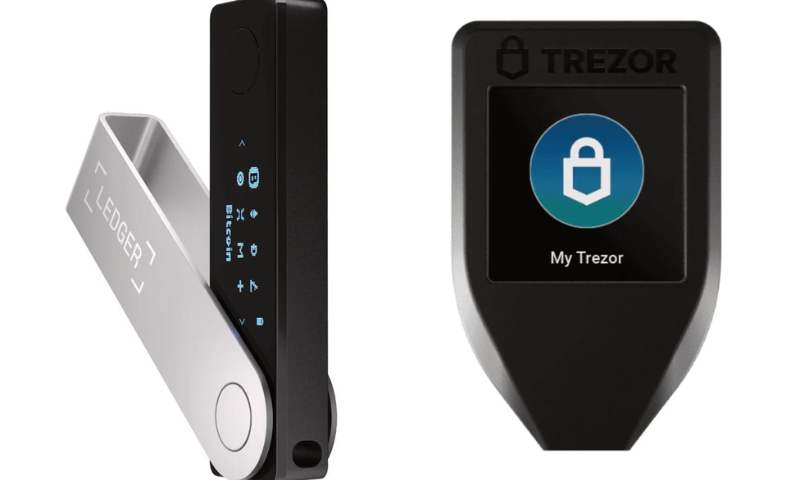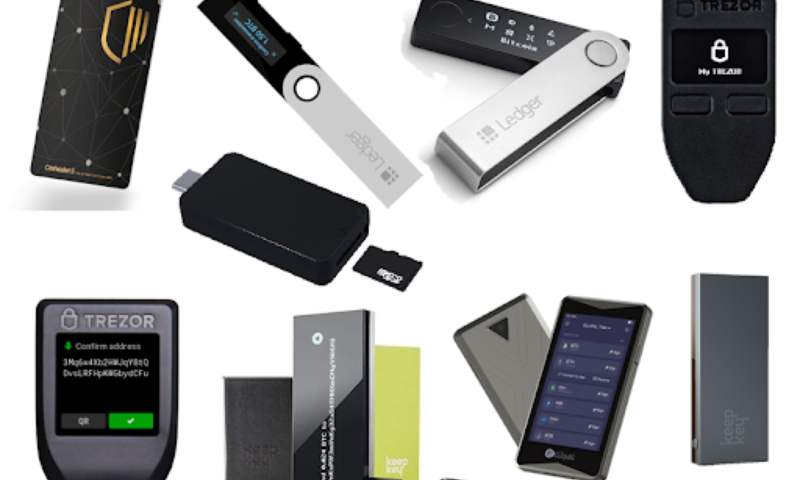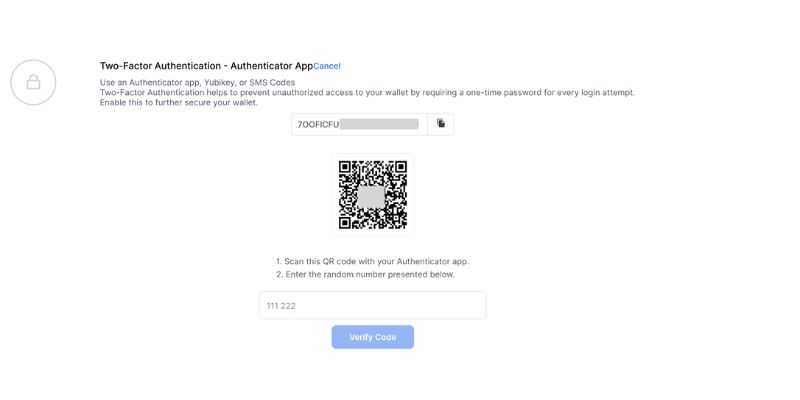Your crypto deserves top-tier protection. That’s why finding the best desktop software for hardware wallets matters. I’ve explored it all so you don’t have to. From the impenetrable security features to the slickest user interfaces, my insights will guide you through the elite choices for your digital assets. No more guesswork, just pure security at your fingertips. Let’s dive in and transform your crypto experience.
Evaluating the Best Desktop Wallet Software
Assessing Security Features and Encryption
When we talk about top hardware wallet apps, we think safety first. Top apps pack tough security features to guard your coins. Think of lockboxes, but for digital cash. These apps use heavy-duty encryption to block hackers. They turn your private keys into secret codes that only you can crack. This means serious peace of mind when you’re stashing your Bitcoin or Ethereum.
A great example is when you’re using a Trezor One. Its integration with desktop software should feel like a hand and glove. Secure desktop applications for crypto wallets should make any hacker sweat bricks trying to get in. Backup solutions are key too. Imagine dropping your hardware wallet in the ocean. With a solid backup, you just dry off, and you’re good to go.
Comparing User Interfaces for Ease of Use
Now let’s chat about ease of use for wallet software. We need user-friendly crypto wallet programs so you’re not pulling your hair out. The aim is to manage your digital coins without needing a PhD in computer science. Trust me, a simple setup can make or break your wallet experience. Some software out there makes it as easy as pie.
Take KeepKey’s desktop interface. If the design is clean and the steps are clear, anyone can manage their coins like a pro. You want clear menus and easy access to your crypto stash. You should be able to check your balance or send coins without any hiccups. When it’s easy, managing multiple hardware wallets doesn’t feel like a chore. It’s like picking the right tool for the job. Get this right, and you’re a crypto master on your desktop.
In summary, picking the right desktop client for cold storage means checking two big boxes. First, can it turn your digital treasure into Fort Knox? And second, will you actually enjoy using it? Remember, even the most secure vault is no good if it’s a pain to open. Next time you’re on the hunt for desktop wallet software, keep these tips in your back pocket. They might just save you from a potential headache or heartache down the crypto road.
Integration with Popular Hardware Wallets
Seamless Compatibility with Ledger Nano S, Trezor One, and KeepKey
When looking for top hardware wallet apps, one key factor is how they work with popular devices like Ledger Nano S, Trezor One, and KeepKey. These devices are the heavy hitters in the world of crypto wallets. So, good desktop software must “play nice” with them. That means it should hook up to and talk with the device like they’re old friends.
Compatibility with Ledger Nano S matters because this device is a favorite for many. Ledger users want a desktop client that starts working with a click or two, no fuss. Trezor One integration is important too; its users expect top security without sweating the small stuff. And with KeepKey, you’ll want a desktop interface that’s just as sleek and easy as the device itself.
I’ve been in the trenches, coding and designing these bridges between your hardware and desktop. Trust me here, the ease of using your wallet software matters more than you’d think. It’s not just about having fancy features. It’s about those nerve-wracking moments when you need things to work — and work fast.
Ensuring Robust Synchronization and Updates
Another non-negotiable for your peace of mind is synchronization. Your desktop and hardware wallet must always be on the same page. This is crucial not just for keeping track but also for making sure you’ve got control even if one device takes a nosedive.
Security features of wallet software are what keep your treasure safe. Now, think about updates — they’re not just annoying pop-ups. They’re like your crypto’s immune system, fighting off bugs and invaders. Always check user reviews of wallet software to see if they stay current without giving you headaches. Trustworthy desktop wallet interfaces should offer this without question.
And, backup solutions for hardware wallets? These are your safety net. Great desktop software will guide you to set this up, just in case. It’s like teaching kids to tie their shoes — you’ll be glad they know how when it matters most!
Now, I’ve seen software updates for hardware wallets that are so smooth, users hardly know they’re there. That’s the goal. Your wallet’s job is to secure your digital gold, from Bitcoin to Ethereum and everything in between. It should handle multi-currency desktop wallet support like a pro, without breaking a sweat.
Software needs to serve you, not the other way around. When I create or look at desktop clients for cold storage, my benchmark is simple. Do they make the crypto journey safer, clearer, and stress-free? If yes, then we’re on the right track. Whether it’s Linux wallet applications or Windows-compatible wallet programs, crossing platforms should feel like a breeze.
Developing and selecting these tools is serious business, but it’s also my passion. Seeing users successfully manage their hard-earned crypto with ease is what it’s all about. It’s about creating a trusted environment for your assets — a digital Fort Knox right on your desktop.
Enhancing User Experience in Crypto Asset Management
Cross-Platform Support for Diverse Operating Systems
When you manage crypto, having the right tools is key. The best desktop software for hardware wallets must work on Windows, MacOS, and Linux. This is what we call “cross-platform support.” It makes sure that no matter which computer you use, your crypto is easy to reach. Top hardware wallet apps understand this. They let you move between systems without trouble.
For example, when you set up a Ledger Nano S on a Windows PC but later decide to use a Mac, the software you use should help make this change smooth. The same goes for Trezor One and KeepKey. Programs should make sure that you can switch between different systems with ease. This is what makes a desktop app user-friendly.
Advanced Features for Multi-Currency Support and Backup Solutions
Being able to handle many types of currency is also important. Secure desktop applications for crypto wallets must offer multi-currency support. This means you can keep Bitcoin, Ethereum, and other altcoins in one place. You won’t need different apps for each one. Great software gives you this power, letting you manage all your digital money in one spot.
For peace of mind, backup solutions are a must. What if your computer breaks or you lose your hardware wallet? You’ll want a backup so you can get your crypto back. Advanced encryption in wallet applications helps keep this backup safe. It’s like having a super-strong lock on your digital treasure chest.
Let’s say you have a Trezor One. You should be able to back up your wallet easily. This makes sure that if something goes wrong, your crypto is still safe. User-friendly crypto wallet programs will guide you step by step. This makes it less scary to set up a backup. The process is not just about keeping your coins safe. It’s also about making you feel secure and in control.
For anyone new to crypto, knowing that their investment is safe is a big relief. Security features of wallet software keep out hackers. They also make sure that even if you make a mistake, you can recover your assets. By choosing a trusted desktop wallet interface with good user reviews, you choose peace of mind.
In summary, managing crypto is not just about security. It’s also about making it simple to send, receive, and keep track of your coins. Hardware wallet synchronization lets all your devices speak the same language. This keeps your crypto organized across platforms. Good desktop clients for cold storage will keep your investment away from online threats. They help you enjoy the world of crypto without fear. This is what cutting-edge wallet management is all about.
Selecting the Most Trusted Desktop Wallet Software
Analyzing User Reviews and Software Ratings
Let’s talk about trust. With so many top hardware wallet apps out there, it’s tough to know which one’s best. This is where user reviews and software ratings come in handy. These opinions are from folks who have used the same tools you’re looking at. Ratings can show at a glance how well a program is liked.
When looking for secure desktop applications for crypto wallets, don’t just glance at the stars. Dig into what people say about security features of wallet software. This can help you sort the best from the rest. Do users find the security tight and solid? Is the app easy to click through? Does it play nice with your device? These are the nuggets of gold you want.
User-friendly crypto wallet programs get high marks for good reason. They make security less of a headache. Look for reviews that talk about easy setups or good help for problems. People also love it when updates are smooth and not a hassle.
Comprehensive Guides for Setup and Recovery Processes
Setup can scare off even the brave. But fear not! The best apps have guides that make it simple. A solid desktop wallet setup guide can be your best pal when you start. If things get bumpy, look for programs that shine with support and walk-throughs.
Now, let’s chat about the scariest thing—losing your treasure. Backup solutions for hardware wallets are a must. Search for apps that have crystal-clear steps for backup and recovery. The ones with simple ways to save your keys are winners.
When you look at a hardware wallet software ratings, peek at how they rank on recovery too. An app that gets you back on your feet after a stumble is a keeper.
There’s a lot to think about with desktop wallet software. But reviews and ratings are like a map to the gold. Follow them to find your way. Just remember, the most trusted apps make you feel safe, make setup a breeze and stand by you if there’s trouble. Keep these tips in mind, and you’ll be set for your crypto journey.
We’ve looked at top desktop wallet software, eyeing security and ease of use. We checked how they sync with hardware like Ledger and Trezor, making sure updates are smooth. Plus, we want our crypto management to be slick across all systems, with cool features for handling lots of coin types and solid backup options. And, it’s key to pick a winner with great user feedback and clear help for setup and fixes. My final thought? Do your homework, pick a wallet that feels right, and you’ll nail crypto storage. Keep it safe and user-friendly, folks!
Q&A :
What is the best desktop software to use with hardware wallets?
When choosing software to complement your hardware wallet, the best option largely depends on compatibility with your device and your specific security needs. Popular choices include Ledger Live for Ledger devices, Trezor Suite for Trezor wallets, and Electrum for a more customizable experience catering to Bitcoin users. These applications offer robust security features, user-friendly interfaces, and regular updates. It’s essential to download desktop software directly from the official provider’s website to avoid any security risks.
How do I connect my hardware wallet to desktop software?
To connect your hardware wallet to desktop software, you generally need to follow these steps: 1) Install the latest version of the compatible software on your desktop. 2) Use the USB cable provided with your hardware wallet to connect the device to your computer. 3) Follow the in-app instructions to set up a new wallet or import an existing one. 4) Once connected, you can manage your cryptocurrency assets through the software interface. Keep firmware and software up to date for the best security and functionality.
Are there universal desktop applications for hardware wallets?
Universal desktop applications for hardware wallets, such as Exodus or Atomic Wallet, are available and offer support for multiple hardware wallet brands. However, they might not provide the same depth of features or security as brand-specific software. It’s important to assess whether a universal wallet application meets your needs and whether it’s compatible with the hardware wallet you use before relying on it for managing your crypto assets.
Is it safe to use desktop software with my hardware wallet?
Using desktop software with your hardware wallet can be safe as long as you take proper precautions. Choose reputable and well-reviewed software, keep it updated, and only download it from the official website or verified sources. Always ensure that your computer is free from malware or viruses, and follow the security practices recommended by both your hardware wallet and software providers.
Can I use multiple hardware wallets with the same desktop software?
Yes, in many cases, you can use multiple hardware wallets with the same desktop software. Software like Ledger Live and Trezor Suite allows you to add multiple devices and switch between them within the software. However, always verify the support for multiple devices in the software documentation and ensure each hardware wallet you use is compatible with the software to manage your cryptocurrency assets effectively and securely.






